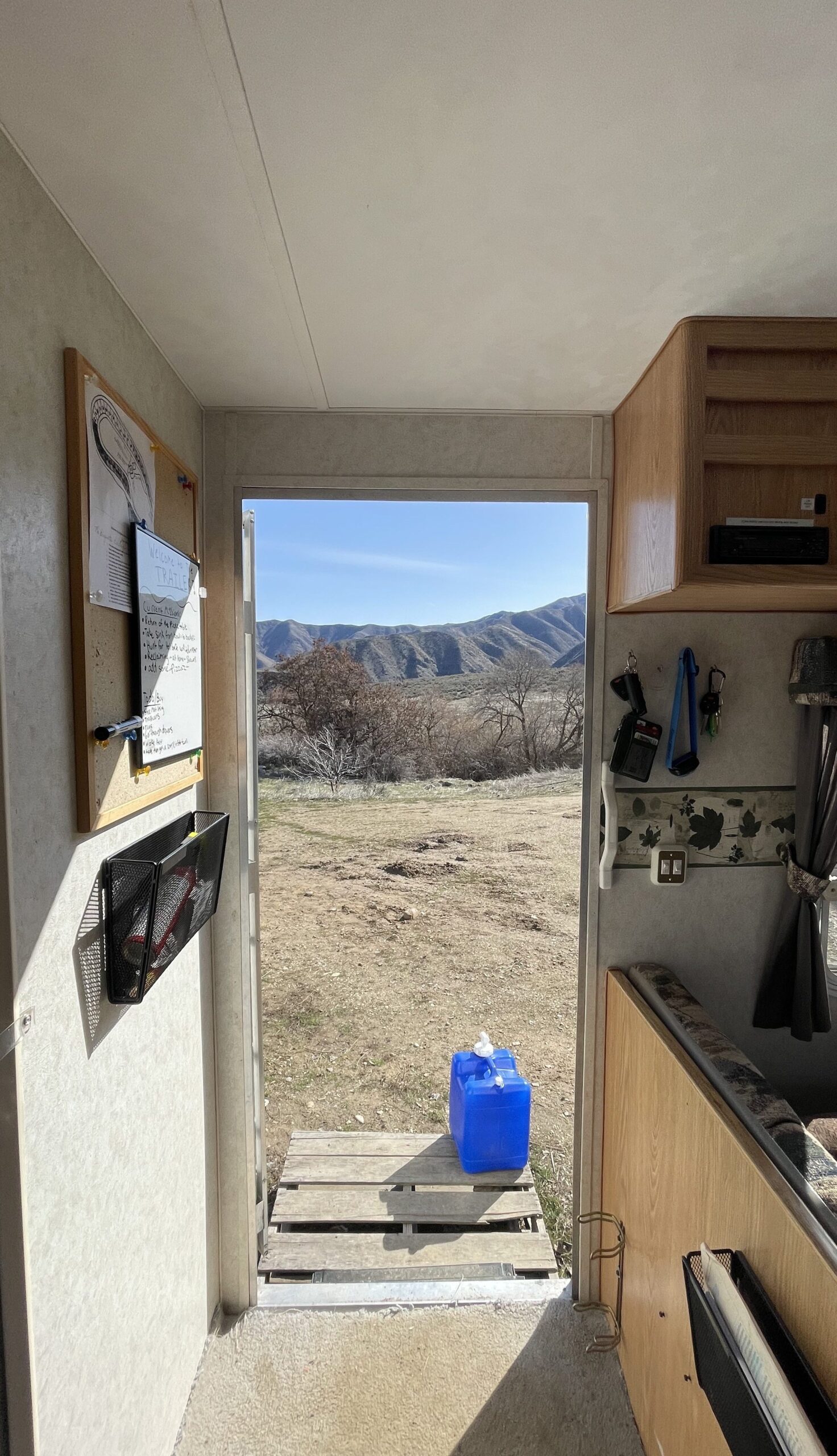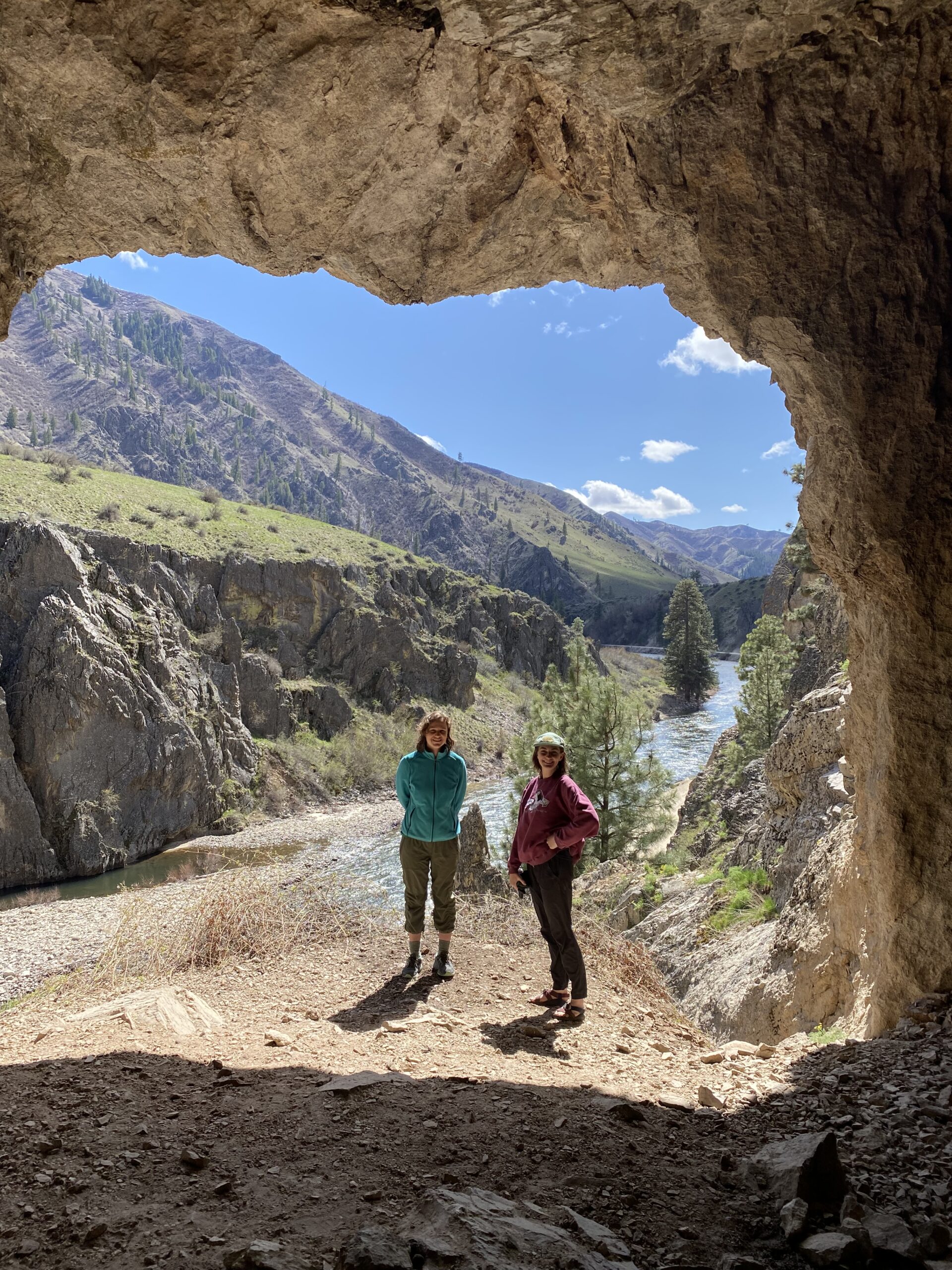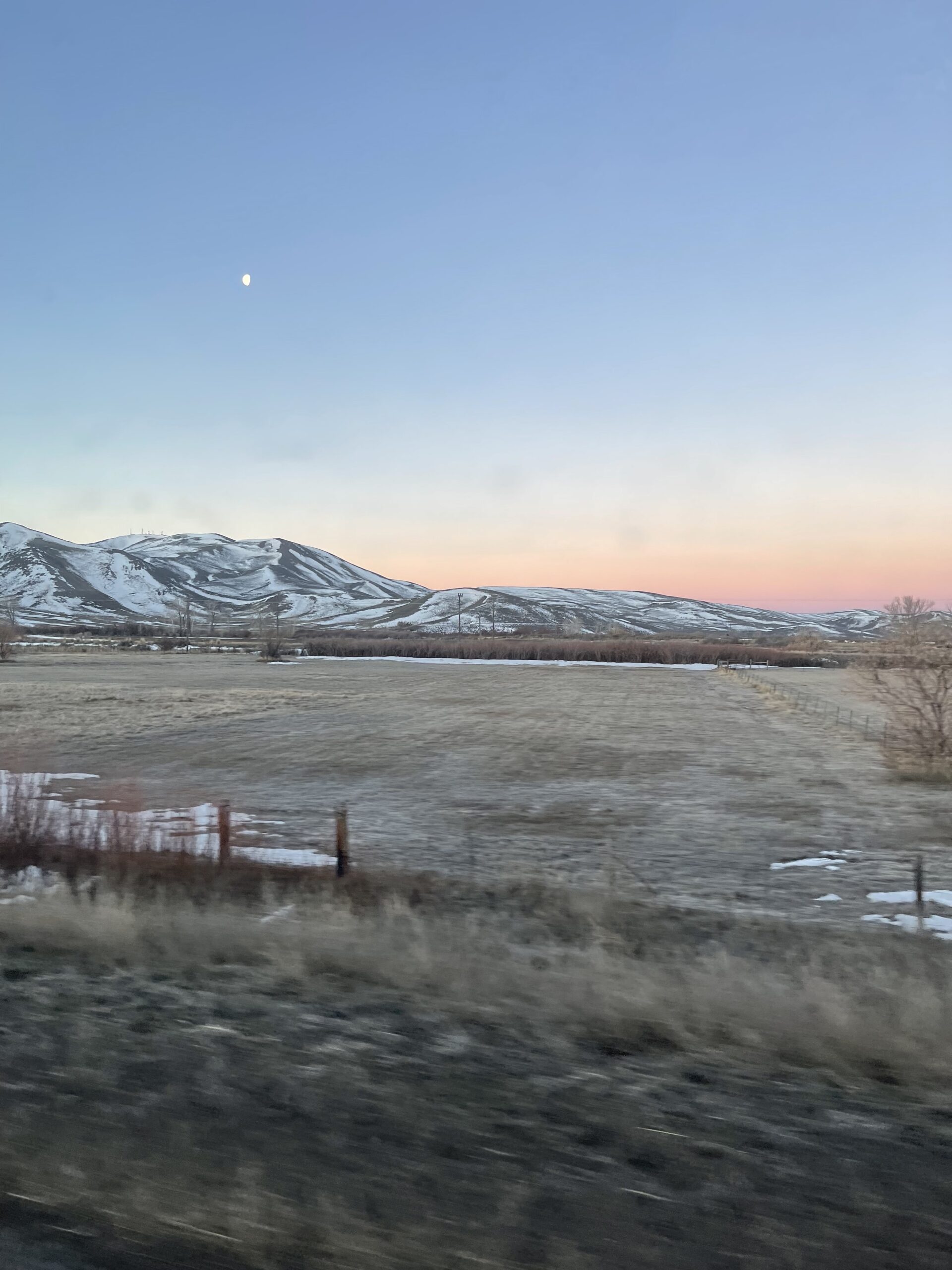Hi CLM blog!
My name is Alaina and I am one of the new interns working with the U.S. Forest Service at the Rocky Mountain Research Station in Boise, ID. It’s hard to believe we are already wrapping up the first month of our internship. Just a few weeks ago I was driving away from a gray and snowy midwest winter in Michigan and into the mountains out west. It feels so good to be back out in these wide open spaces and have spring with finally beginning! Just in the last week or two we have been watching the landscape begin to green up for what people call the “green week” here. The only time of the year these mountains may green.
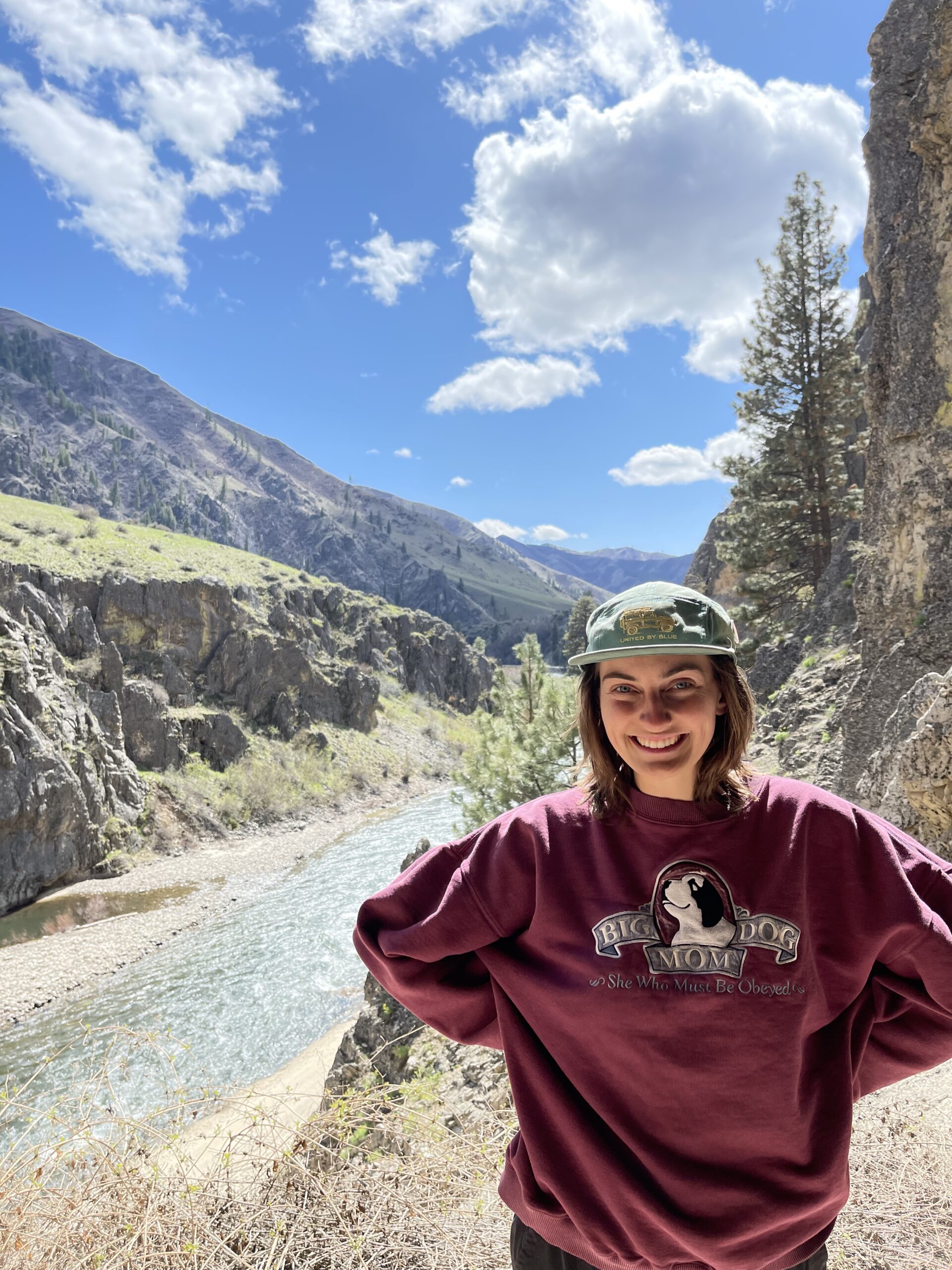
The research project we will be assisting here centers around using native seeds in restoration and aims to show how locally adapted plant populations may be better suited for restoration in their respective ecosystems, compared to more generalized seed mixes. This summer we will be monitoring these plant populations at our common garden sites and collecting seeds all over the Great Basin and Snake River Basin. So far we have been spending our time getting acquainted with cleaning and counting thousands of tiny seeds and surveying plants at the Orchard, ID and Richfield, ID common gardens.


As we arrived to the Orchard common garden for the first time this season we were met with a garden teeming with life! Unfortunately, it was not the plant life we wanted, but rather lots and lots of weeds. In true gardening fashion the first big step of getting common garden surveys rolling was weeding. Slowly the first sprouts of Erigeron pumilus (ERPU) and Phacelia hastata (PHHA) were revealed. After freeing each plant of its surrounding weeds we finally began surveying. For each plant we survey, we assign it a phenophase that describes which point of growth it is at for the season. Currently most of the plants are currently between a 1 and 3.5, 1 being just the beginning of growth and 3.5 meaning the plants are already budding! If the plants are at least at a phenophase of 2 we will go ahead and collect the largest leaf, and measure the diameter of the rosette.

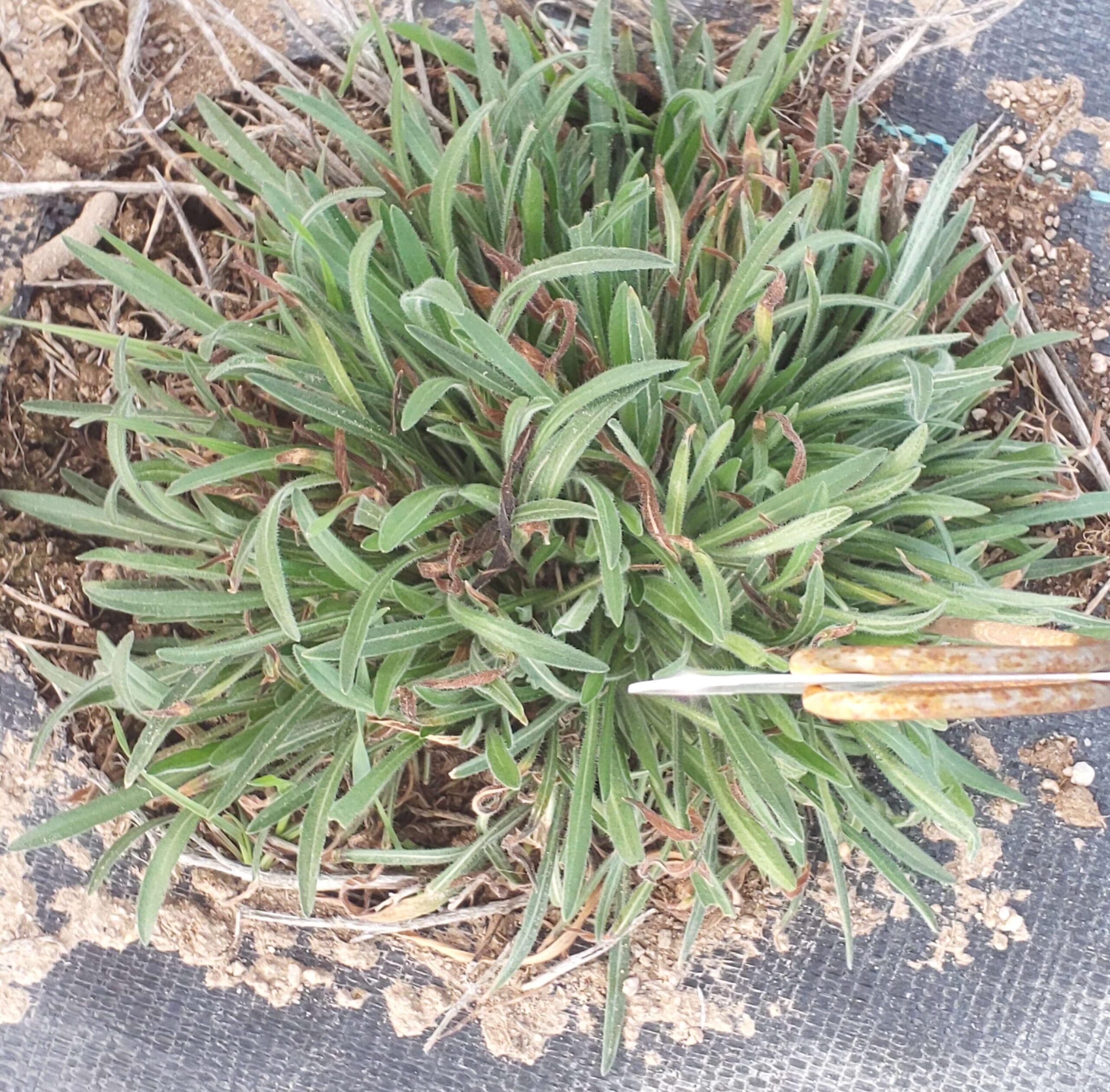


When we aren’t out in the field we usually spend our days processing seeds in the lab. Trying to differentiate between tiny seeds and the other reproductive parts of the plant they are combined with has been quite the test on my vision. One of these processes involves taking apart dried flower heads sampled from the gardens in 2021. For each flower head we will sort the seeds from the chaff (other parts of the plant) and count how many seeds it contains. It is amazing how a flower the size of my thumbnail can have over 300 seeds! This has given me a whole new perspective and appreciation for these little plants. The other process of seed cleaning has been de-winging seeds or as I like to say, removing the “fluff”. Once de-winged we will put the seeds into an air column to separate the seeds from the “fluff” by their difference in weight. The result? Thousands of cleaned and counted seeds ready for use.


Outside of work Sahalie and I have been settling in and sprucing up our little trailer. We have made it quite the home and are getting used to the more “off grid” living. The beautiful hills and cliffs along Lucky Peak Reservoir are basically our backyard, and we can watch helicopters land at the Forest Service helipad from our kitchen window. We have explored several local hikes and even some hot springs to make use of the last cold weekends before summer. Additionally, we’ve been exploring the city, trying new food, attending the Treefort Music Festival, and spending a lot of time along the Boise Greenbelt. Living out in our trailer in the foothills while also working right in downtown Boise in our office has been such a unique blend of city and outdoor life. As the weather continues to warm up we are gearing up for so many more adventures around Idaho, Oregon, Nevada, and Utah and can’t wait to see all the places that seed collecting will take us later this summer!
